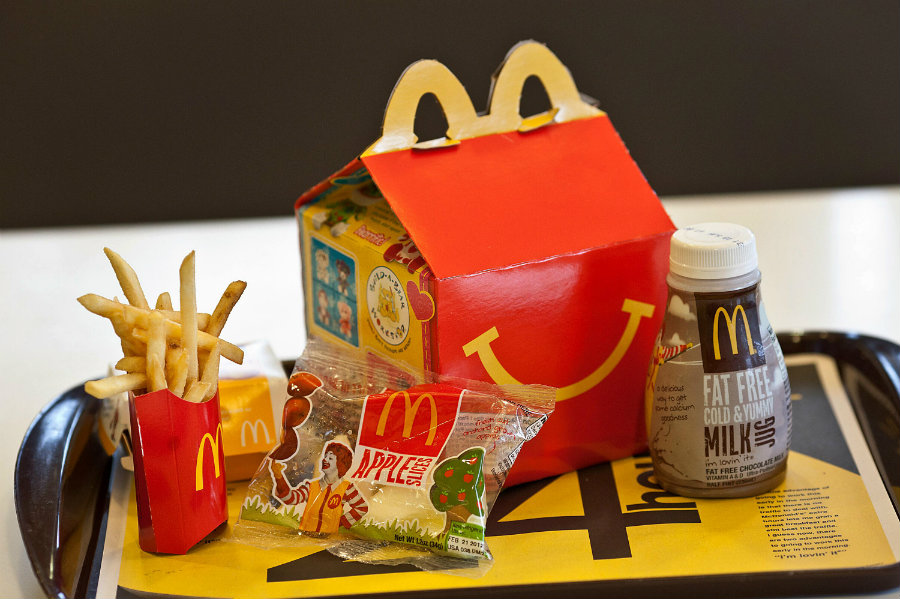The Silent Spring Institute conducted an investigation that showed the presence of fluorinated chemicals in 30% percent of the fast food packages that underwent the team’s testing. The report was published in the journal Environmental Science & Technology Letters on Wednesday.
It was thought that the content of fast food was already harmful to the consumer’s health because of the high levels of cholesterol, fat, and sodium present in them. However, these new findings show how the package itself can be contrary to the human system. The study demonstrated how chemicals that are harmful to the human system are added to packages because of its grease-repellent properties.

“The most studied of these substances (PFOSs and PFOAs) has been linked to kidney and testicular cancer, elevated cholesterol, decreased fertility, thyroid problems and changes in hormone functioning, as well as adverse developmental effects and decreased immune response in children,” the study reads.
As these kind of chemicals are present in a great variety of products, their real effect may depend on the person’s health situation and other circumstances. According to Laurel Schaider, a research scientist at the Silent Spring Institute, the substances that are potentially harmful to people can easily travel from the package to the food. Schaider was also one of the principal authors of the study.
Schaider explained that this chemical migration could be altered by the temperature in which the food is, the type of food and even how much time the food is in contact with the wrapping. It could also depend on the type of substance used in each particular package.
Study details
Five different investigation centers collaborated in the making of the report. These centers were able to gather over 400 fast food package samples from 27 food chains in the United States for the analysis.
For a better understanding of the results, the research team divided the packages into six different categories. They also divided the food regarding their type (sandwiches, burgers and fried foods; Tex-Mex; and desserts and bread.)

The investigators did not publish the results according to specific food chains or restaurants. However, they did show how 46 percent of the food that was in contact with the packages (sandwich wrappers and pastry bags) tested positive for dangerous chemicals.
The team stated that it is not easy for consumers to avoid chemically contaminated packages, as there is no way to tell without scientific analysis.
According to Schraider, the best recommendation for customers is to take out the meals out of the packaging paper as soon as possible, to avoid the migration of the potentially harmful substances into the food. Also, Schraider said that people could ask for their fries or dessert to be served in a cup or a bag with no contact with the paper itself.
Source: CNN
